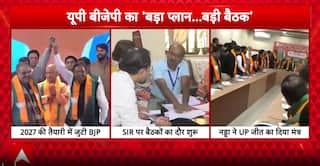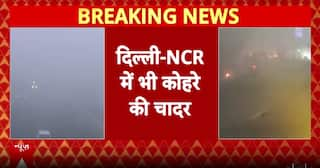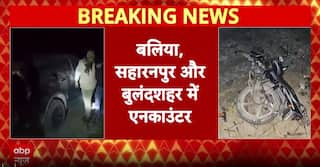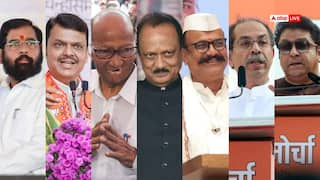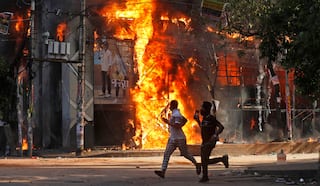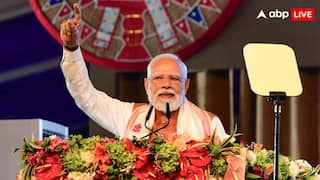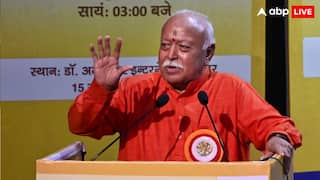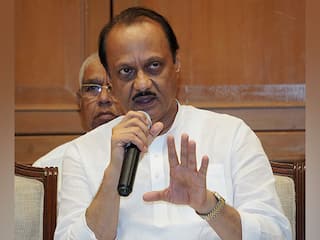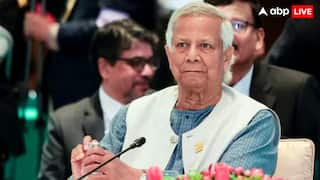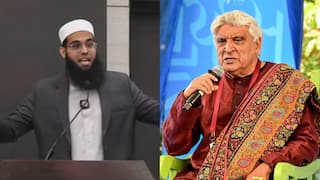Constitution of India: What The 1950 Document Says On Pre And Post-Independence India

The Constitution of India has been under a lot of discussion of late. There is a specific school of thought that believes in the existence or commencement of India only after the political document of 1950, i.e. the Constitution of India, came into force. Is that the case? Let's look at what our Constitution says.
Constitution Constitutes Political Institution
The Indian Constitution consists of 395 Articles, 12 Schedules and 3 Appendices. These 395 articles therein constitute many political institutions and also describe their relationship inter se. The Constitution also lays down the framework of power and limitations of these institutions with respect to the people of India. At no point of time it constitutes the people of India. On the contrary, it is the people of India who have given this Constitution to themselves. As is abundantly clear from the opening sentence of the Preamble, which reads: "We, the People of India, having solemnly resolved ourselves to constitute India into a…Sovereign Republic."
Constitution Is Transformative Document
Our Constitution is transformative in nature, which means people of India who have existed for thousands of years, have created modern and new political tools for their governance. At no point the Constitution of India defines who were first Bharatiya or Indians, it simply takes it as fact that people of India existed. The Constitution of the people of India is Ved, as it is the Ved from which Bharat derives it name. Article 1 of the Constitution of India spells out that — "India, that is Bharat…". It does not say India that Hindustan or India that is Houda. As long as Article 1 exists, India’s umbilical cord with its Vedic roots cannot be severed.
Indian Constitution Not An Agreement Like American Constitution
Article 1 of the Constitution of India merely lays down the political framework for the governance of its pluralistic society, by transforming old Indian federalism of Sixteen Mahajanapad into a new federalism of Union of States. Thus, it says, India, i.e. Bharat, shall be union of States. In Article 1, the word is 'shall be' and not 'is', and therefore it means India in its modern avatar post Independence shall be a union of states and not remain a princely state. The residents became citizens from subjects, and kingdoms and jagirdars etc took the form of states and union territories. The sum total of these territories, i.e. union, of which would be India. Indian federalism is not new, it has existed for centuries before the Western federalism of American constitution saw the light of the day. It is for this reason that Indian federalism could not be compared with American federalism.
In S.R. Bommai v State of Karnataka (1994 AIR 1918) case, the SC explained: “Thus in the United States, the sovereign States enjoy their own separate existence which cannot be impaired; indestructible States having constituted an indestructible Union. In India, on the contrary, Parliament can by law form a new State, alter the size of an existing State, alter the name of an existing State, etc., and even curtail the power, both executive and legislative, by amending the Constitution. That is why the Constitution of India is differently described…”.
Indian federalism is the federalism of Sixteen Mahajanpad that is now etched in the form of Article 1, which gives political manifestation to Indian pluralism by stating that Bharat shall be union of States.
Indian Federalism Not Same As American Federalism
American federalism is taken as the founding stone of federal governance among the political scientists of the West and adopted by Indian scholars despite the fact that we had our federal structure in the form of Sixteen Mahajanpad. Nevertheless, the Indian Supreme Court on numerous occasion has made this distinction very clear. In State of West Bengal v. Union of India (1963 AIR 1241) case, the apex court while describing the Western federalism as heralded by the US constitution said, “A truly federal form of Government envisages a compact or agreement between independent and sovereign units to surrender partially their authority in their common interest and vesting it in a Union and retaining the residue of the authority in the constituent units. Ordinarily each constituent unit has its separate Constitution by which it is governed in all matters except those surrendered to the Union, and the Constitution of the Union primarily operates upon the administration of the units. Our Constitution was not the result of any such compact or agreement : Units constituting a unitary State which were non-sovereign were transformed by abdication of power into a Union.”
State Legislatures Have No Say
The Constitution of India has made Parliament so powerful that it can break an existing state into two different states, add to its boundaries, or convert them into union territories without even resorting to any amendment to the document (Articles 4 and 5). State legislatures have no say, they cannot make a law opposing such Parliamentary laws made under Articles 4 and 5. Thus, Parliament has power to make laws regarding the territories of states outside the generic and plenary power thereof (Articles 246 and 248).
Indian Constitution Is Organic, Has Evolved Over Thousands Of Years Of Time
India's Constitution is not a product of negotiation like the USA's. It is organic and has evolved over thousands of years of time, and an adhesive that keeps India united with its socio-cultural ties that spring from its root, i.e. Bharatvarsha, which finds its mention in Rig Ved where Das Ragyam Yudh has been chronicled between king Sudas and his adversaries. Sudas's descendant was Bharat after whose name India is known to its local people as Bharatvarsha. India also has other local names such as Aryavarta, Jambudweep etc, but these names are geographical descripton of India whereas Bharatvarash connotes the political idea of India, i.e. Bharat. In Vishnu Puran, various aspects of Bharat such as geography of India, or polity of India, is defined as:
ऋषभो मरुदेव्याश्च ऋषभात भरतो भवेत् I
भरताद भारतं वर्षं, भरतात सुमतिस्त्वभूत् II
This Sanskrit verse means Rishabh was born to Marudevi, Bharata was born to Rishabh, Bhartavarsha arose from Bharat…
ततश्च भारतं वर्षमेतल्लोकेषुगीयते I
भरताय यत: पित्रा दत्तं प्रतिष्ठिता वनम II
(This country is known as Bharatvarsha since the times the father entrusted the kingdom of the son Bharat and he himself went to the forest for ascetic practices.)
उत्तरं यत्समुद्रस्य हिमाद्रेश्चैव दक्षिणम् ।
वर्षं तद् भारतं नाम भारती यत्र संततिः ।।
(The country that lies north of the ocean, and south of the snowy mountains, is called Bhárata, for there dwelt the descendants of Bharata.)
The author is a PhD fellow at Hamburg University. He has written two books on financial laws.
[Disclaimer: The opinions, beliefs, and views expressed by the various authors and forum participants on this website are personal and do not reflect the opinions, beliefs, and views of ABP News Network Pvt Ltd.]









